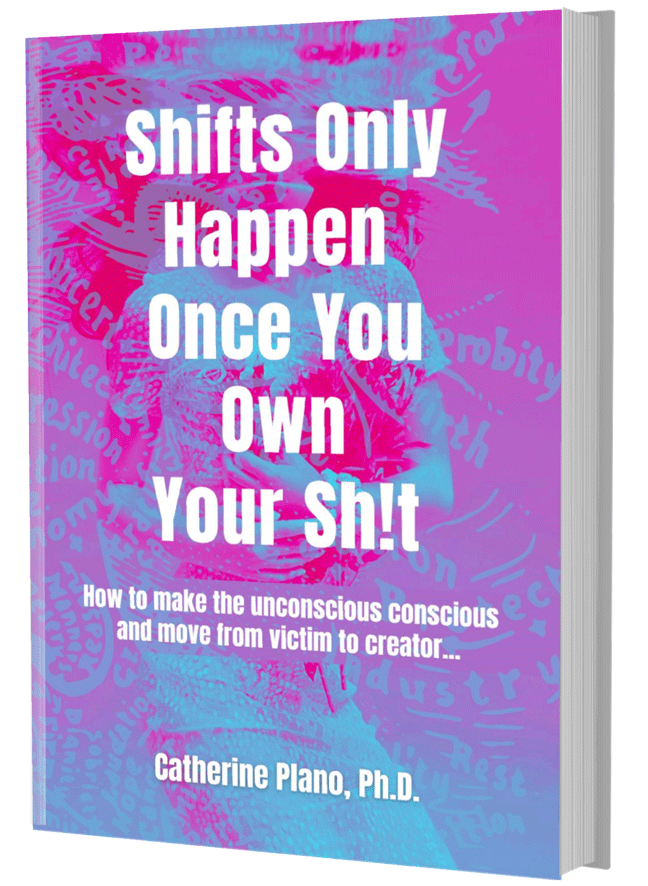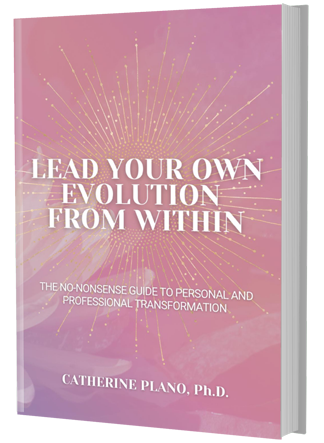A negative mind will never give you a positive life.
We need to understand that our brain is hardwired to seek danger and scout for the bad things that may come our way.
Yes. It is fixated on threats more than blessings.
When we stay in this mindset, we can fall into the trap of thinking there is never enough. ‘I am not good enough, smart enough or beautiful enough.’
Consequently, we become closed off to any opportunities because this state of mind brings about conflict, whether we create it ourselves or avoid it.
In this state, we are committed to being right. Therefore, we become defensive. If we allow ourselves to delve into this mindset where we are always seeking danger, there will be a lot of blame, pointing fingers and criticism.
Our brains can’t tell the difference between our physical survival or a threat to our ego or identity.
In this brain state, we are not creative, collaborative, innovative and not connecting.
We are simply trying to survive.
Curiosity is the fervour of the mind
Now that we understand that our brain tends to focus more on the negative events rather than positive ones, it gives us better insight into what we are dealing with.
In saying that, we also learn more from negative experiences. Even when making decisions, our brains lean more towards the negative information at hand. This means that the atrocious, awful and lousy things that happen to us are the ones that grab our attention.
Due to the emotional hook, these experiences will remain in that deeper part of our unconscious mind and influence our decision making.
The most effective technique here is to have and maintain a curious mindset by challenging our thoughts.
Every time you feel yourself falling into a victim mentality, remember that you always have the choice to switch to be more curious.
Ask yourself: ‘Why am I thinking this way?’
In doing so, you become more committed to learning about yourself and your thoughts, belief system and feelings.
The unconscious is selective
Let me bring this to light with a story.
It’s that time of the year – your performance review. Your boss has sat you down to give you the feedback.
They start with letting you know how remarkable you are. They note your strong achievements and outstanding performance results for the year.
Then, they throw in one or two constructive comments, pointing out the areas that you need to focus on as a way to improve.
Overall, your review was high peak performance with an advance bonus.
Now, you would think that the majority of us would skip out of that office with a sense of pride and accomplishment.
Wrong.
Instead, you walk out of there with your chin dragging along the footpath, fixated on the one or two points your boss pointed out.
However, there is a perfectly good reason for that.
The magic relationship ratio
Harvard research finds employees need a 6:1 positive feedback ratio to perform their best.
In other words, if you want to motivate your team, for every negative or constructive feedback or encounter, there should be a minimum of 6 positive ones to counterbalance the effect of the first.
In addition, John Gottman and Robert Levenson have developed the concept of the magic 5 to 1 relationship ratio.
In their work, what they found was that married couples who experience five times more positivity than negativity was far less likely to result in a divorce.
The same ratio applies to business, in which a team that has five positive interactions for every negative one is significantly more likely to be energised, engaged and flourishing in their role.
In general, when individuals experience more positivity, they are more likely to grow and thrive.
With every negative, there is a positive
Now, let’s go back to our performance review and put these new insights into practice.
The feedback sandwich technique is when you start by giving lots of praise, squeeze the opportunity (constructive feedback) in the middle, then wrap up with an abundance of praise again.
So, if you were to apply the 6:1 ratio rule, you may want to start the review with three outstanding performance endorsements. Then, you may want to talk through the opportunity by asking a lot of questions to address the point.
To bring everything full circle, conclude the performance review with another three compliments and recognitions.
Fighting the feeling gives it power
This methodology also applies to personal relationships – children, friends, siblings and anyone that you give feedback.
If you are at the receiving end of the feedback, keep in mind that your brain will get fixated on the negativity because it’s our default position.
It’s okay to feel annoyed, but don’t dwell there too long.
Feel the feeling. Don’t fight it. The more you fight it, the more you give it power and the longer you will hang on to it.
The trick is to let the feeling wash over you. Appreciate the experience. Take the learnings that come with it.
There is something so incredibly endearing about being honest about our humanity. It’s what creates belonging and connects us as a whole.
To be positive in nature comes from the heart, not the mind. If we can drop into our hearts as often as possible and come from a place of love, we will create miracles.
Instead of a traditional conclusion, here is a beautiful quote by Paulo Coelho to reflect on:
‘An arrow can only be shot by pulling it backward. So, when life is dragging you back with difficulties, it means that it’s going to launch you into something great.’





